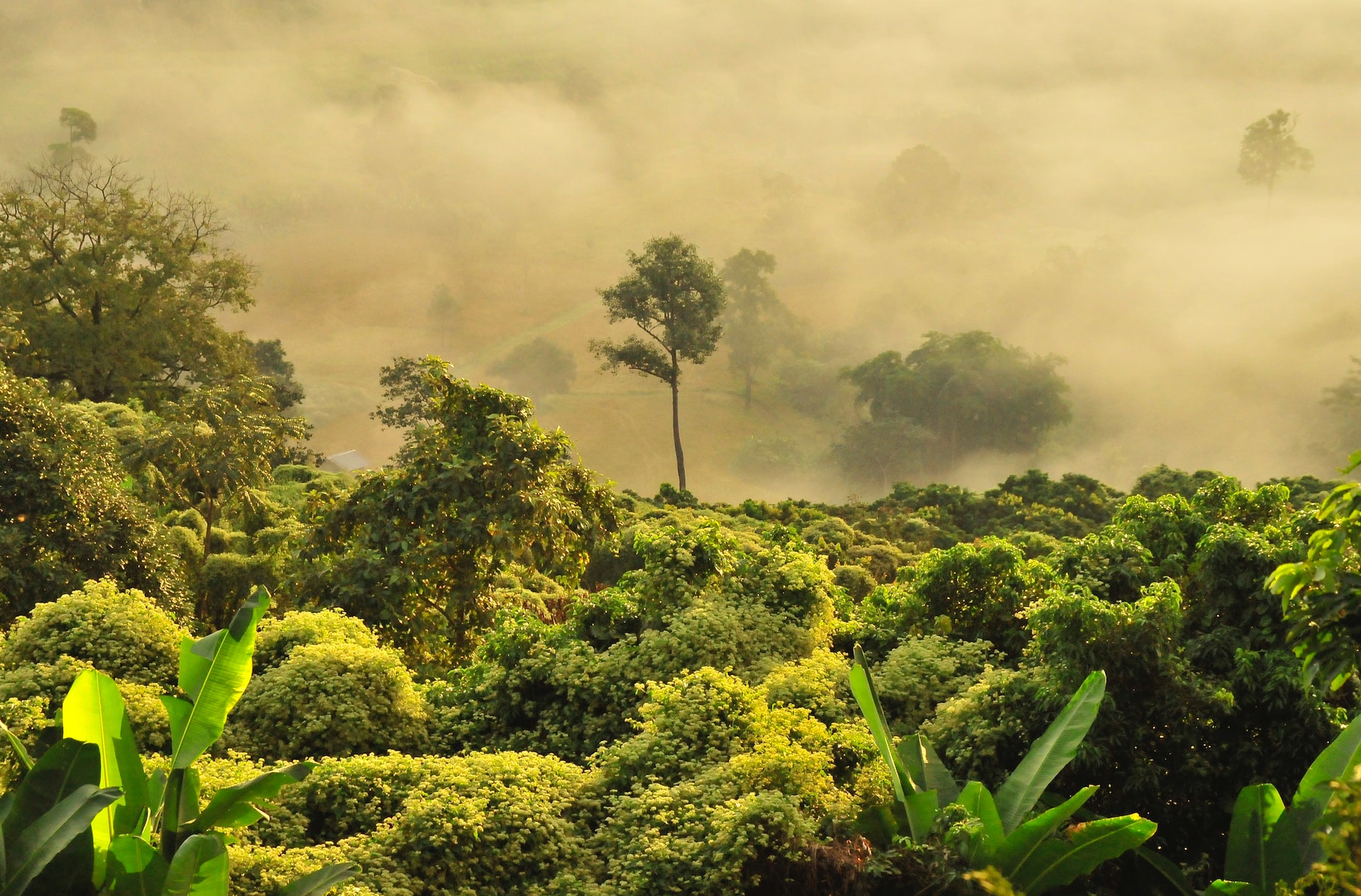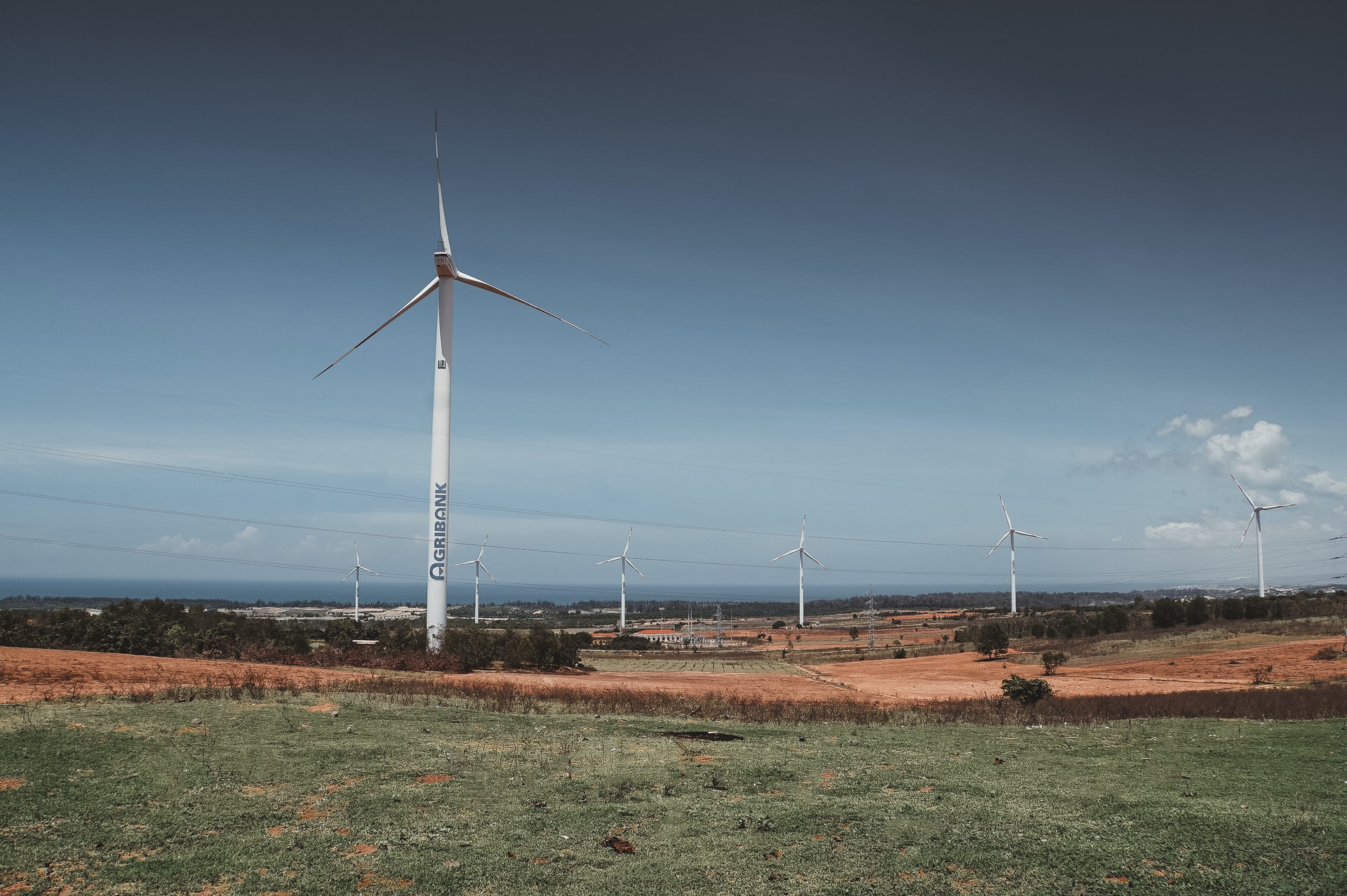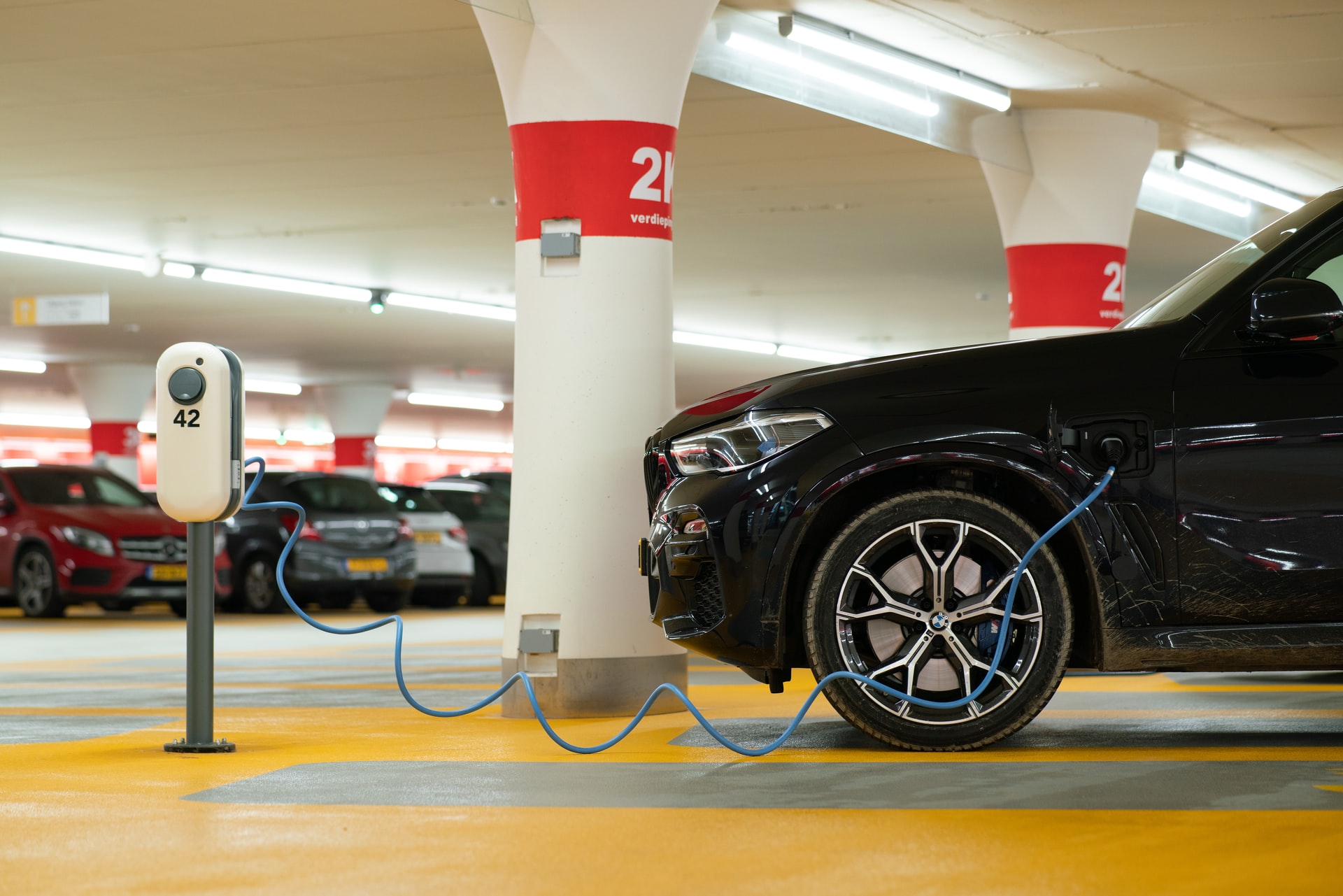Emphasizing the Benefits of Green-ness
Green-ness or in simple words the desire to live in harmony with nature is a trait many Asians can relate to. We have all grown up hearing folktales of how important trees are to humans and how we should always protect them.
In the mid 2000s, when Asia started opening its borders to foreign companies and western lifestyle, green spaces were being sacrificed for large industries and intense agriculture. Along with it, we also witnessed demands for protecting trees and greenery that were being rampantly damaged in the name of progress and growth.
Campaigns such as “Save a Tree” or “Plant a Tree” were a common sight on televisions and radios across Asia. Some did heed to it, but most were driven by their economic condition, and chose development and progress against greenery and saving trees.
In 2015, annual deforestation had peaked to 668,400 hectares in India and 650,000 hectares in Indonesia. Two Asian countries with the largest forest cover loss in the region. Deforestation of pristine green lands were mostly for agriculture, mining, and urbanization.
Urbanization has been perhaps the biggest cause of deforestation in Asia. The region is home to some of the most populated cities in the world. Asia boasts of the most number of megacities in the world – cities that have a population of more than 10 million people. Shanghai in China has a population of more than 24 million people.
Organizing housing, transport and utilities for these many people, means that the urban area will need to expand and encroach into forested area. Increased human activity in urbanized areas have also risen regional temperatures and heightened the threat of climate hazards in such areas.
Jakarta perhaps is an example of the worst of climate change. The capital of Indonesia is regularly inundated with heavy rainfall every year. The country’s government has already approved a bill to shift its capital from Jakarta to a new forest city on the island of Borneo called Nusantara.
This should be a wake-up call. If actions are not taken immediately to ensure that green-ness returns to the region, all will be lost. This formed the crux of one of the themes discussed in the Horasis Asia Meeting, held between 20 to 21 November in Kitakyushu, Japan. The event hosted 400 of the foremost business and political leaders from across Asia and the world, as they discussed ways to revitalize Asia’s economy in building a resilient post-COVID Asia.
First What
Achieving greening of Asia will first and foremost require a mindset shift among individuals, businesses, and governments. Efforts are already underway. Many large businesses as part of their CSR and ESG responsibilities are planting trees and funding innovative efforts in reducing their carbon footprint.
Banks in Asia are actively exploring ways with technology providers in developing green products. DBS bank in Taiwan launched Asia’s first bio-sourced credit card, which is made of biodegradable material, making it safe for the environment. UOB bank has also come up with green financing solutions for electric vehicles and eco-friendly homes for its sustainability-oriented customers.
Governments in Asia have also gone digital. Basic utility services such as water and electricity bills are sent as soft copies to customer’s mobile phones and using online payments methods, customers are able to pay for these utilities from the comforts of their home. This has reduced paper use for bills and has also limited carbon emission due to movement of people from their homes to utility centers for paying such bills.
But such efforts will be futile, if equal support and adoption is not shown by the general population. People in Asia will need to realize the need to shift from being carbon heavy to being carbon-neutral.
And this herculean task is only achievable with the help of robust and timely policies and regular impact assessments by governments.
Not Silo
There has been increased demand from every corner of the region acknowledging the need to go green, but efforts have been mostly in silos. We can see large gaps in efforts being launched by certain sub-regions within the region such as Southeast Asia’s many initiatives in tackling climate change, greening cities, and managing urban waste.
Finance and knowledge has been two of the biggest barriers in ensuring Asia turns green. Multilateral institutions such as the World Bank and Asian Development Bank have been working for decades in the region, but limitations posed by policies, governance, and finance has withheld regional transformation.
Developing economies in Asia can explore public-private partnerships, increased awareness among the local public, and green policies as some of the ways around these hurdles. A collective effort that balances the need for recovery coupled with biodiversity seems the most viable option for the region.
Photo Caption: Countries in Asia must expand their green cover.



